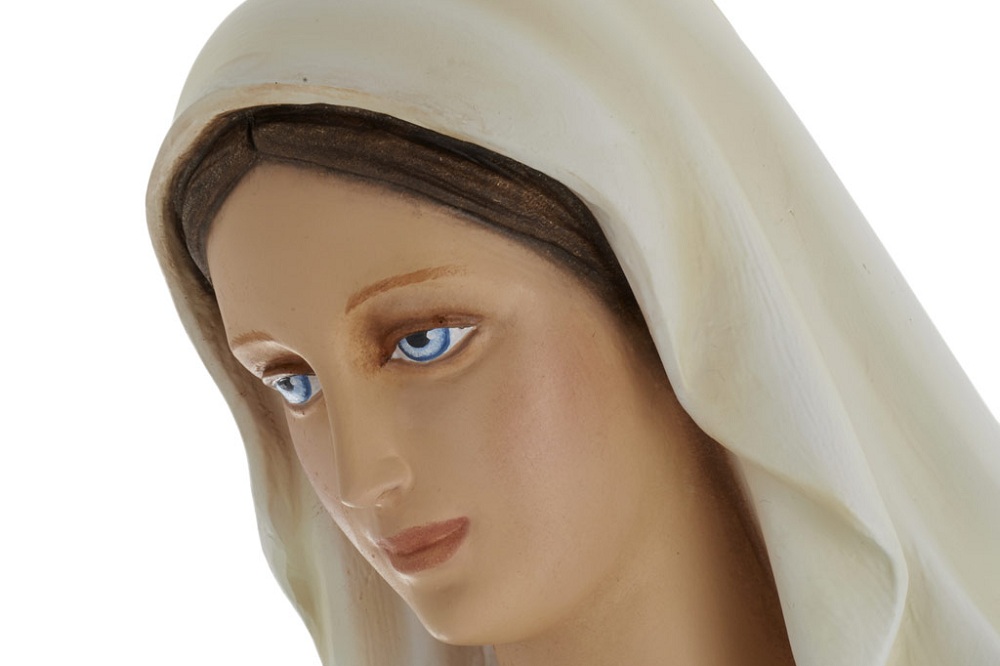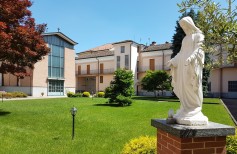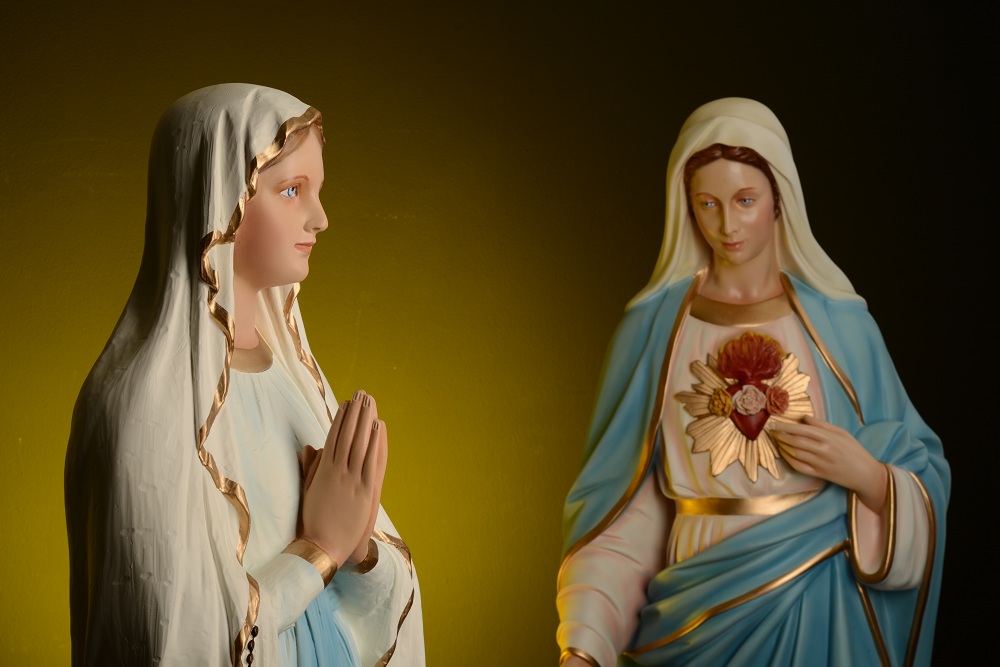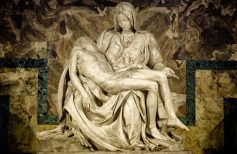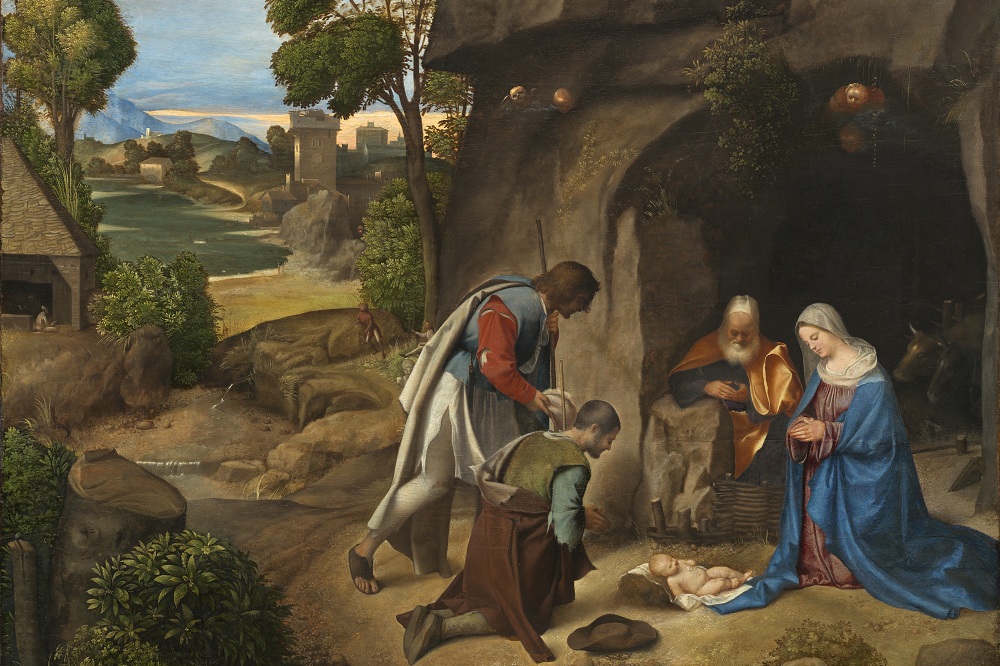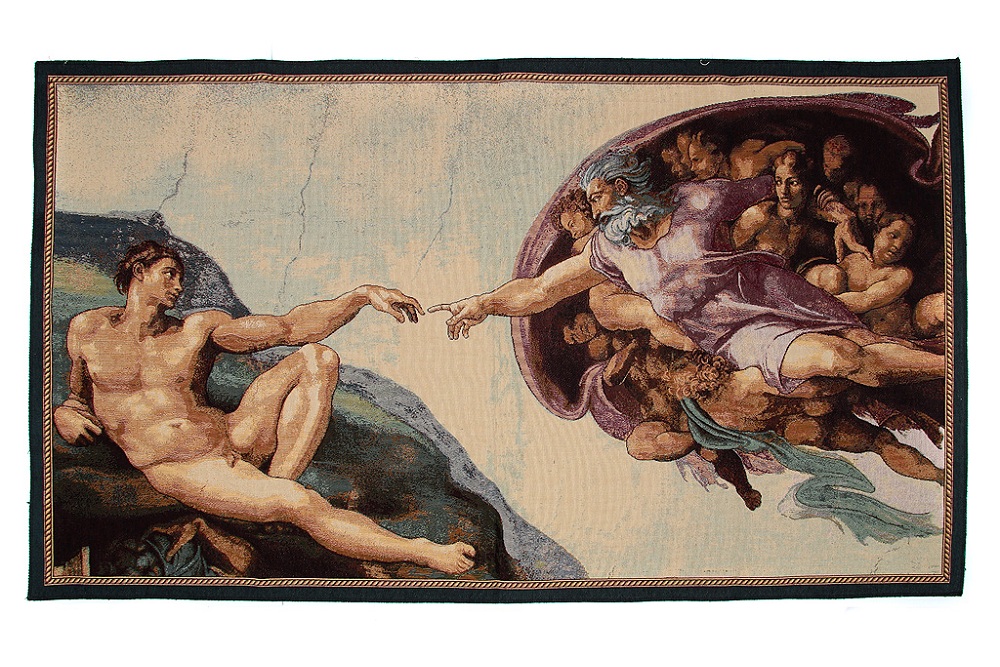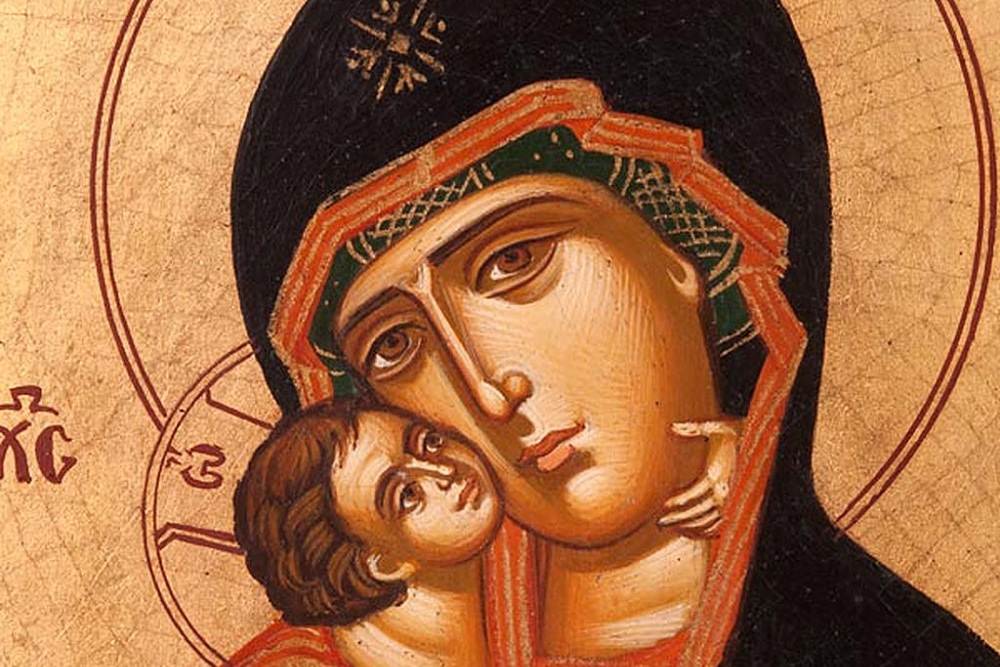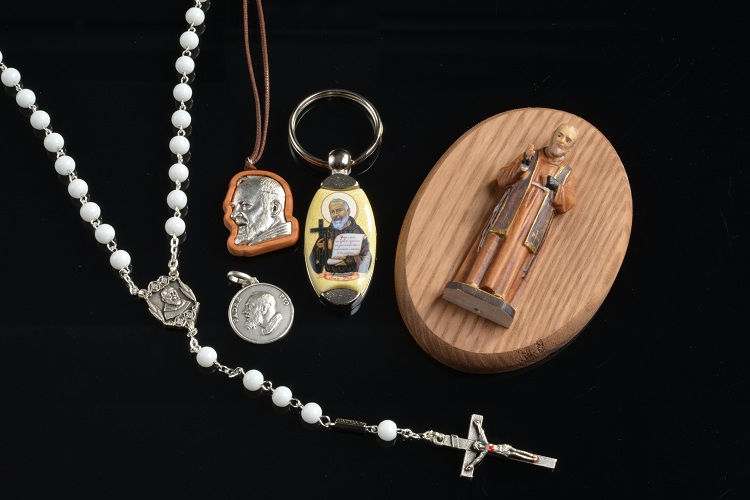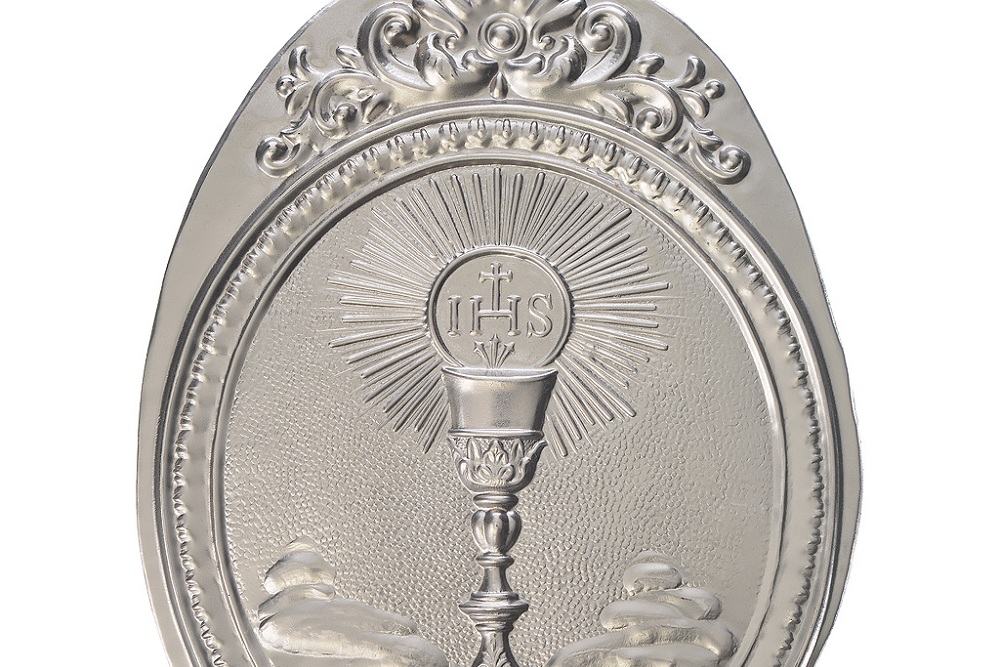The production of religious marble statues belongs to the artistic tradition of Christianity dating back to the antiquity. Particularly in Italy, the influence of firstly Greek then Roman sculpture decisively influenced the evolution of religious art.
The models and the classical pagan and Roman sculpture references followed the Christianisation of the Empire, and were approximately the same in shape, only changing the subjects depicted.
So there is a continual iconographic tradition between Greek and Roman culture, early Christianity, and later, after the Middle Ages, the Renaissance rediscovery of aesthetics and Neoclassicism. During the Renaissance in particular, the rediscovery of ancient works, accompanied by the desire to preserve and not to barbarically allow marble and bronze to be reused for other purposes, revived Roman sculpture, opening it up to new interpretations.
Religious marble statues began to spread, fueled by the demands of patrons, corroborated by the work of so many commendable and excellent artists.
Even Baroque art continued to be indebted to Roman sculpture and its examples. In the 1700s, the advent of Neoclassicism led to a return to classicism, not only for processing and materials, but also for people, in a mix of sacred and profane in some scandalous verses.
Religious Marble statues have always belonged to the artistic and religious tradition of Italy. The marble purity emphasises the symbolic value of the sculpture itself and its ability to transcend matter. Its colour and perfection are spiritual conductors, even before those who are impressed you the skill of the sculptors.
Even today, religious marble or marble dust statues an essential ornament to churches, streets, and all places dedicated to spirituality. In many cases, these are reproductions of famous works, but often they are original sculptures that show a devotion never stilled.

